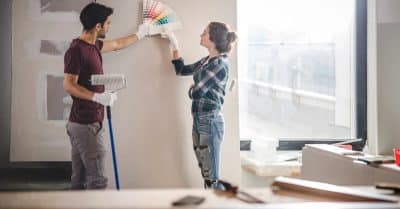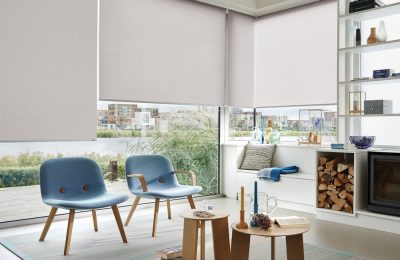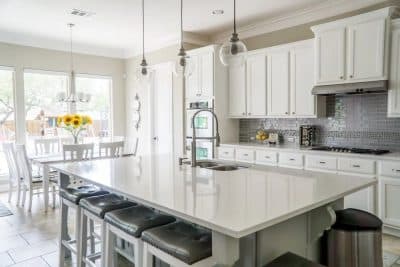
There’s a reason Mexican Colonial interiors continue to inspire designers and homeowners worldwide. This style isn’t just beautiful. It’s layered, textured, and filled with warmth. Every corner tells a story. Every detail connects the past to the present.
From the hand-painted tiles to the dramatic archways, Mexican Colonial interiors are more than a look. They’re a feeling. A sense of place. And lately, more buyers are seeking that sense of timeless charm. That’s especially true in areas where the architecture still echoes colonial history, like San Miguel de Allende. If you’re browsing homes for sale in San Miguel de Allende, there’s a good chance you’ll spot these design elements front and center.
So if you’re drawn to earthy tones, artisanal pieces, and bold design choices that still feel grounded, keep reading. This guide covers it all.
Why Everyone’s Talking About Mexican Colonial Interiors
There’s a reason this style keeps coming back into focus. In a world chasing trends, Mexican Colonial interiors offer something else: permanence.
They blend natural textures with bold elements. Traditional with dramatic. And they do it effortlessly. These interiors aren’t just popular in heritage homes—they’re now making waves in modern builds too. Because people want spaces that feel authentic. Lived in. Rooted.
Designers are leaning in. Homeowners are paying attention. And globally, the appreciation for this timeless aesthetic is only growing.
A Brief History of Mexican Colonial Style
To understand the design, you have to look back. Mexican Colonial style emerged during the 16th century, when Spanish settlers introduced European influences to the Americas. But it wasn’t a one-way street.
The style we now call Mexican Colonial is, in fact, a blend. Spanish baroque and Moorish elements combined with Indigenous craftsmanship and local materials. The result? Something entirely new.
It evolved over centuries, picking up stories and textures along the way. What remains today is a fusion of cultures, techniques, and histories—preserved in design.
Core Elements That Define Mexican Colonial Interiors
There are a few features you’ll see again and again. These aren’t just decorative; they’re part of the soul of the home:
- Thick adobe or stone walls that keep interiors cool
- Terracotta tile flooring with natural color variation
- Exposed wooden beams that make the ceilings stand out
- Forged ironwork in everything from railings to light fixtures
- Carved wooden doors and shutters that add character
These design elements are the framework, but what fills the space is just as important.
Materials That Tell a Story
Walk into a Mexican Colonial home and you’ll feel the texture before you see it. That’s thanks to the materials.
You’ll find clay, stone, leather, iron, and hardwoods throughout the space. Each one looks better with age.
Instead of being smooth and sterile, these materials embrace flaws:
- Clay tiles with uneven edges
- Wood furniture with visible grain and hand-carved details
- Wrought iron fixtures with natural patina
Nothing feels too polished. That’s what makes it feel real.
Architectural Details You’ll Fall in Love With
Architecture is the backbone of this style. The first thing you’ll notice? Arches. Everywhere.
From doorways to built-in niches, arches are a soft counterbalance to the heavy materials. Then there are the courtyards. Open-air spaces in the center of the home, perfect for connecting with nature and light.
You’ll also see:
- High ceilings with exposed beams
- Deep-set windows with wooden frames
- Thick walls painted in earthy tones or limewashed for depth
Each of these elements adds richness, but never feels overdone.
Colors, Textiles, and Patterns That Pack a Punch
Mexican Colonial interiors are renowned for their vibrant colors. But it’s never chaotic. It’s grounded.
You’ll find deep terracotta, mustard yellow, cobalt blue, and soft greens. These tones come from the land. They work with the architecture, not against it.
Textiles play a big role too. Think embroidered cushions, handwoven rugs, and patterned tiles. They add movement. They add history.
Used sparingly, bold patterns draw the eye. Used generously, they define the room.
Furniture and Decor That Feel Authentically Handcrafted
Forget flat-pack furniture. Mexican Colonial interiors celebrate craftsmanship.
The furniture is solid. Heavy. Built to last. You’ll see:
- Oversized wooden tables and armoires
- Leather accents on chairs and headboards
- Inlaid detailing using natural materials like bone or stone
And it’s not just about the big pieces. Smaller decor elements like Talavera pottery, hand-blown glassware, and artisanal sculptures round out the space.
Everything has a purpose. Nothing feels mass-produced.
How to Bring Mexican Colonial Style Into a Modern Home
You don’t need to live in a centuries-old hacienda to pull this look off. With a few smart choices, you can bring Mexican Colonial charm into any space.
Here’s how:
- Start with the bones – Add wooden ceiling beams or a bold arched doorway
- Use color strategically – A terracotta accent wall or patterned tile backsplash goes a long way
- Choose natural materials – Swap plastic or metal for wood, iron, or stone
- Focus on quality over quantity – One statement piece can do more than a room full of trends
You can also play with scale. Oversized furniture and dramatic light fixtures give weight and presence. And don’t shy away from texture. Rough plaster walls, nubby fabrics, and rustic pottery bring the space to life.
The key is balance. Let the materials and architecture do the talking, and fill in with accents that support the overall mood. You don’t have to go full traditional—a blend of old and new often feels the most natural.
And if you’re buying a home that already has this architecture, lean into it. Don’t cover up those old tiles or strip down that hand-carved door. Let history shine.
Mexican Colonial Style That Stands the Test of Time
There’s a reason people fall in love with Mexican Colonial interiors. They aren’t built around trends. They’re built on tradition. In a world of fast design and fleeting fads, this style reminds us that some things are worth preserving. The craftsmanship. The materials. The soul of the space.
So if you’re drawn to spaces that feel lived in, rooted, and beautifully imperfect, Mexican Colonial interiors might be exactly what you’re looking for.








